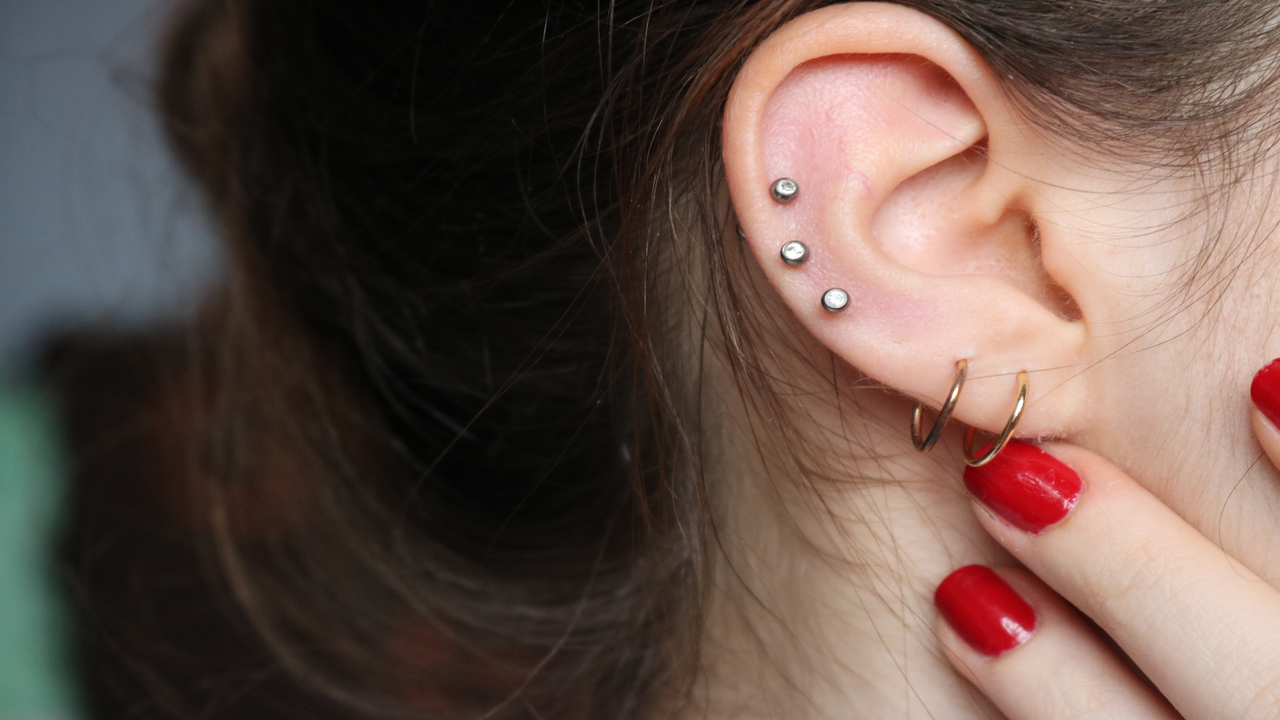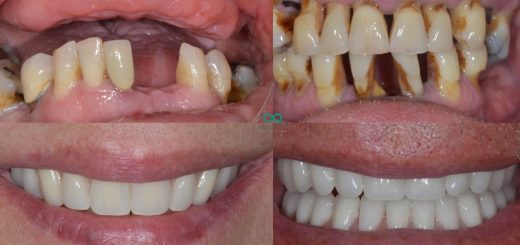Ear Hygiene: Dealing with Earwax
For many people, ear hygiene simply consists of cleaning their ears regularly and seems a harmless gesture. However, wanting to eliminate the earwax that naturally drains from the ear canal at all costs is not without risk. The use of cotton swabs requires certain precautions to avoid injury.
Ear hygiene: treating earwax
Earwax is the main problem when you want to have good ear hygiene.
What is earwax?
Earwax protects the ear from dust, bacteria, water, and have the following features:
– This thick, fatty mixture, with water-repellent properties, is produced by the cerumen glands in the external ear canal.
– It is naturally light yellow to black in color, through all gradations. Its color is not related to any pathology.
– Cerumen lines the walls of the external auditory canal. It traps dust and bacteria before they reach the bottom of the ear and cause infection.
– Loaded with impurities, the earwax gently rises towards the external opening where it flows.
Ear hygiene: what causes earwax plugs
Wax can sometimes accumulate excessively and form a plug. There are several causes for this phenomenon:
This link will help you take care of your ears:
– repeated misuse of cotton swabs;
– regular wearing of earphones, hearing aids, or earplugs can increase the production of earwax, sometimes to the point of creating a plug;
– Swimming: in contact with water, earwax swells;
– an abundant natural production of cerumen.
Consequences of a cerumen blockage

The presence of cerumen impaction can cause various symptoms:
– a more or less important loss of hearing;
– itching or even pain;
– a feeling of pressure, as when you are at high altitude;
– Buzzing.
Please note: if you are in doubt about the origin of any of these symptoms, it is advisable to consult a doctor.
Eliminate a cork with proper ear hygiene.
You can try to remove a wax plug yourself, but you must take a few precautions:
– You can try to soften the cerumen with saline solution or a spray sold in pharmacies based on seawater and bicarbonate. However, be careful not to introduce liquid into the ear if the eardrum is pierced, as this may cause damage to the inner ear.
– Never try to remove the plug yourself with an object: match, needle, cotton swab… There is a risk of damaging the external auditory canal or even piercing the eardrum.
– The use of ear candles, which are supposed to aspirate earwax through combustion, is useless. Recent studies have shown that the method is ineffective and even burns can occur.
– If you are unable to dissolve the plug yourself, it is necessary to consult a doctor who will be able to dislodge it.
The right ear hygiene gestures
A few simple gestures can prevent the formation of cerumen plugs or the appearance of infections or other pathologies.
When to clean your ears?
Since earwax serves to protect the inside of the ear from dust, bacteria, and water, it is useless to remove it daily. Some specialists recommend cleaning once a week. For the most maniacs, cleaning every three days is not recommended!
How to clean your ears?
In order not to hurt yourself when cleaning your ears, it is advisable to follow a few rules:
– Never go beyond the entrance of the ear canal at the risk of injury.
– It is best to clean yourself with warm water in the shower and dry your ear with a towel.
– The use of cotton swabs should be delicate and be limited to the pinna and the entrance of the ear canal. If it is pushed further into the ear canal, repeated use can cause earwax plugs. Above all, improper handling of the cotton swab can lead to damage or even perforation of the eardrum.
– The most suitable tool, and always within easy reach, is the little finger. In this case, hand hygiene is of utmost importance. A handkerchief is placed on the fingertip to remove excess earwax.




2 Responses
[…] Ear Hygiene: Dealing with Earwax; […]
[…] Ear Hygiene: Dealing with Earwax; […]